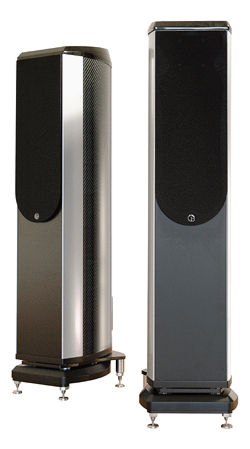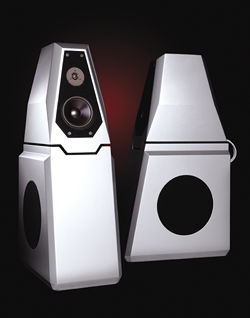
James Loudspeaker EMB-1200 subwoofer Page 2
James Loudspeaker EMB-1200 subwoofer Page 2

- Read more about James Loudspeaker EMB-1200 subwoofer Page 2
- Log in or register to post comments


Reader Gerald Neily is wondering where you've heard the best audio system you've ever experienced.

